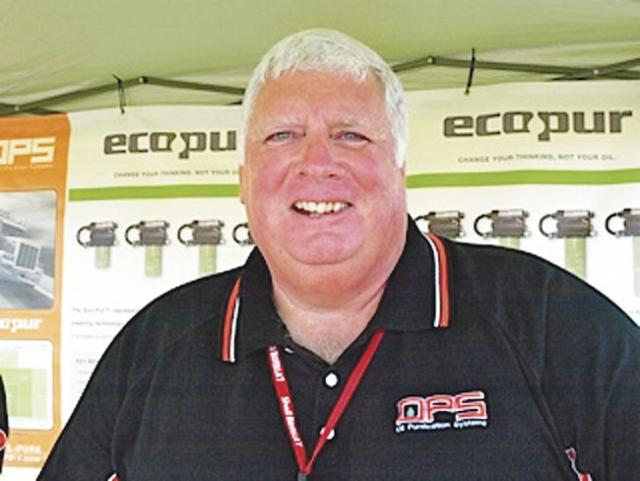Understanding Oil Contaminants

It’s January and the start of a new year. How profitable was your operation in 2017? This is a good time of year to look back and review every aspect affecting the profitability of operations. What did we do to improve profits and what had a negative effect? We have worked diligently all year. What do we have to show for it and how can we improve the bottom line in 2018? This reflection will help establish a plan to increase profits and ensure we are on the right track. Understanding how to improve profits is the best way to ensure profits continue to grow.
There are two ways to improve profits; either increase revenues at a rate greater than expenses or reduce expenses without losing revenues. To some extent, revenue can be controlled, but ultimately the rates customers are willing to pay are a function of supply and demand. On the plus side, 2018 economic projections are showing good growth which will improve freight volume (demand) which should allow rates to increase due to demand for additional carrier availability (supply).
The successful carriers understand that they can control the cost side and improve profits as well as allow them to function and thrive during the lower demand periods when rates drop. The carrier who can control the expense side of the equation has an advantage and can move loads more profitably and for a lower rate when necessary.
The expenses that offer the greatest return are fuel and maintenance, as they can be improved by utilizing some of the tools and studies that are readily available. To lower fuel expenses, driving at slower speeds will increase fuel mileage, as will as equipping the tractor and trailer with low rolling resistance tires and installing products that reduce wind resistance. Don’t forget, to maximize fuel expenses you must ensure fuel is burning cleanly and not being wasted by producing soot etc. by ensuring engine properly injecting fuel into cylinders with proper fuel to air ratio.
Lowering maintenance expenses with preventive programs and utilizing the tools available that are designed to improve engine performance and increase longevity places you, the driver, in control of these costs.
One of the best tools to lowering maintenance costs is through oil sampling and keeping oil clean at all times with a quality bypass filtration system, instead of riding the normal oil quality roller coaster that continually replaces contaminated oil with new oil only to have the contamination cycle start all over again.
Keeping the oil free of solid and liquid contaminants allows the engine to run more efficiently and last longer. This saves $$$$ today and protects your investment over the long haul.
An oil maintenance program that includes oil sampling not only verifies the quality of the oil but identifies any wear metals or contaminants that indicate the engine is not functioning properly and if the defects are not corrected, it is likely that a costly component failure is inevitable. Sampling creates a historical record that, if properly reviewed and acted upon, will save $$$$$ in the long run and lower overall maintenance expenses.
Products that remove contaminants from lubricating oil as part of a maintenance program that includes oil sampling will ensure that oil expenses and engine wear can be controlled, resulting in lower overall expenses, improved profits and extended engine life.
Take the time to research what products are available, compare both initial start-up costs and ongoing, annual expenses of devices, filters sample kits, etc., then purchase the right system and start saving.
If you have any topics or questions you would like to see discussed in this column please email me at [email protected]
